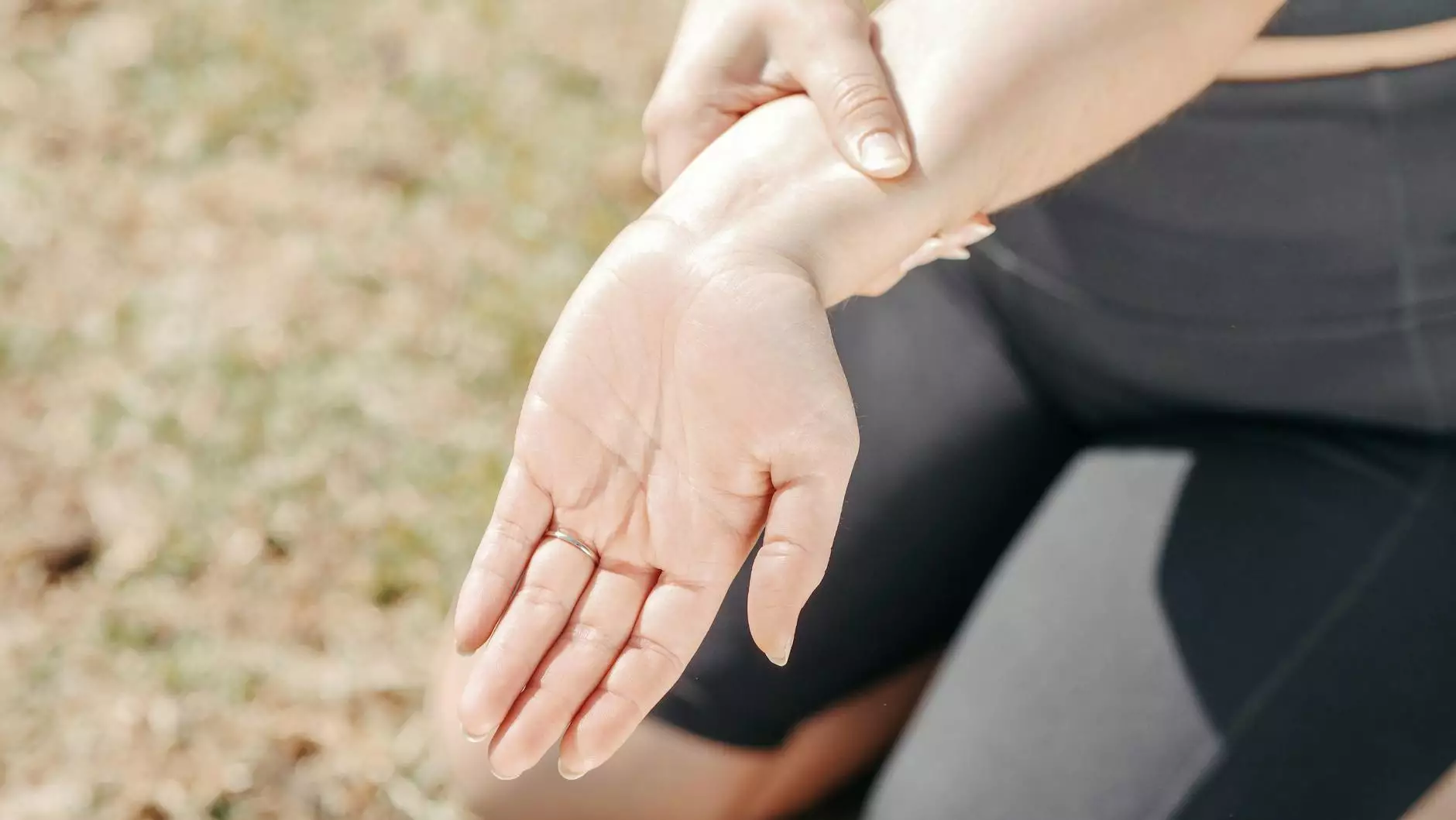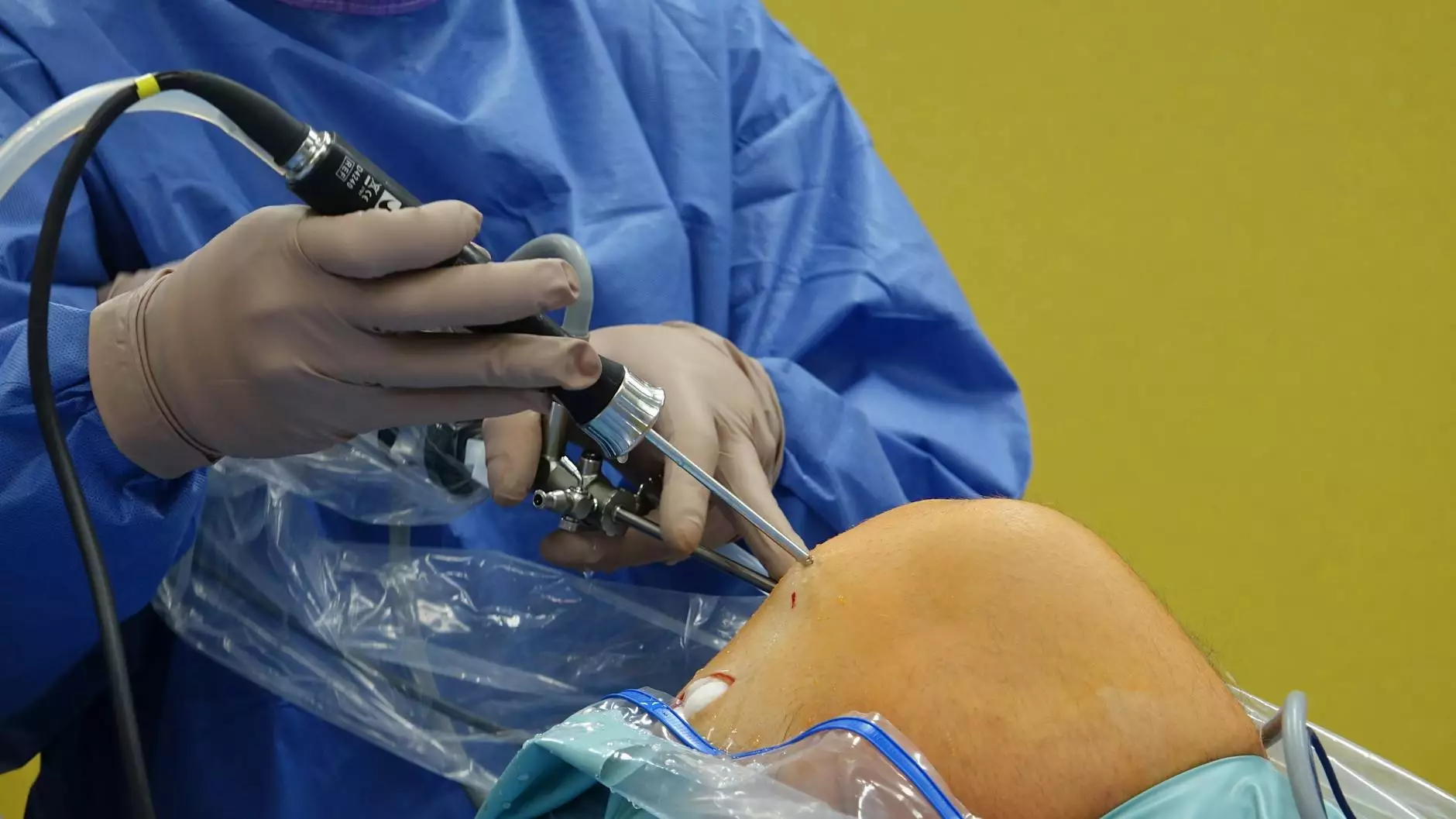The Difference Between Tendonitis and Tendinopathy: Understanding Common Musculoskeletal Disorders

Tendons are the fibers that connect muscles to bones, playing an essential role in movement. However, when they suffer from conditions such as tendonitis or tendinopathy, it can lead to pain and dysfunction. Understanding the difference between tendonitis and tendinopathy is crucial for effective treatment and recovery.
What is Tendonitis?
Tendonitis is an inflammatory condition that occurs in the tendon fibers. It is characterized by acute symptoms often related to overuse or injury. Common areas affected include the knee (patellar tendonitis), elbow (tennis elbow), shoulder (rotator cuff tendonitis), and Achilles tendon.
Causes of Tendonitis
- Repetitive Motion: Engaging in repetitive activities can strain the tendons.
- Acute Injury: Sudden trauma can lead to inflammation.
- Improper Technique: Incorrect biomechanics in sports or physical activities can predispose individuals to tendonitis.
- Poor Conditioning: Inadequate physical conditioning may make tendons more susceptible to injury.
Symptoms of Tendonitis
The symptoms of tendonitis may include:
- Localized Pain: Pain is usually felt directly over the tendon.
- Swelling: Swollen areas may indicate inflammation.
- Stiffness: Affected joints may feel stiff, especially in the morning.
- Reduced Range of Motion: Difficulty moving the affected limb is common.
What is Tendinopathy?
Tendinopathy refers to a spectrum of disorders that affect the tendons, primarily related to degeneration rather than inflammation. Unlike tendonitis, tendinopathy is often a chronic condition resulting from long-term wear and tear.
Types of Tendinopathy
There are two primary types of tendinopathy:
- Tendinosis: This is characterized by the degeneration of tendon collagen due to overuse without proper healing.
- Tendinitis: Often confused with tendonitis, this term can refer to chronic tendon pain with an inflammatory component.
Causes of Tendinopathy
Key causes include:
- Overuse: Continuous stress on the tendon from repeated activities.
- Aging: As people age, tendons naturally degenerate.
- Poor Flexibility: Tight muscles can lead to uneven stress on tendons.
- Previous Injuries: An earlier injury can predispose an individual to develop tendinopathy.
Symptoms of Tendinopathy
Symptoms of tendinopathy can include:
- Chronic Pain: A dull ache near the affected tendon, typically worsening with activity.
- Morning Stiffness: Stiffness that typically improves with movement.
- Thickened Tendon: Feel of a thicker tendon at the site of injury.
- Adverse Reactions: Pain may return after activity even after resting.
Comparing Tendonitis and Tendinopathy
When examining the difference between tendonitis and tendinopathy, several factors distinguish them:
1. Nature of Condition
Tendonitis is primarily inflammatory and acute, while tendinopathy is often degenerative and chronic, marked by tissue damage rather than inflammation.
2. Duration of Symptoms
Tendonitis symptoms can appear suddenly and may resolve quickly, especially with proper rest. In contrast, tendinopathy encompasses ongoing symptoms that may persist for months or even years.
3. Treatment Approaches
Managing Tendonitis: The RICE (Rest, Ice, Compression, Elevation) method is highly effective, along with anti-inflammatory medications.
Treating Tendinopathy: Focus shifts to strengthening and rehabilitation exercises, as well as modalities such as physical therapy, ultrasound, or shockwave therapy.
Effective Treatments for Tendonitis and Tendinopathy
Both conditions require specific treatment approaches that focus on alleviating pain and restoring function. Here are some effective treatments:
For Tendonitis:
- Rest: Allow the affected tendon to heal.
- Ice Therapy: Apply ice to reduce inflammation.
- Nonsteroidal Anti-Inflammatory Drugs (NSAIDs): Help reduce pain and inflammation.
- Physical Therapy: Rehabilitation exercises can aid recovery and prevent future incidents.
For Tendinopathy:
- Gradual Loading: Introducing light, controlled exercises to strengthen the tendon.
- Physical Therapy: Tailored rehabilitation programs focusing on strengthening and flexibility.
- Shockwave Therapy: A non-invasive method to stimulate healing.
- Consultation with Specialists: Seeking help from healthcare providers may be necessary for chronic issues.
Preventing Tendon Injuries
Prevention is key to avoiding tendonitis and tendinopathy. Here are some essential strategies:
- Proper Warm-up: Always warm up before engaging in physical activities.
- Strength Training: Incorporate strength training to improve overall tendon resilience.
- Maintain Flexibility: Engage in regular stretching to promote flexibility and reduce strain.
- Technique Training: Ensure proper technique to minimize undue stress on tendons.
Conclusion
Understanding the difference between tendonitis and tendinopathy is essential for anyone engaged in physical activities or sports. Early recognition of symptoms can lead to timely treatment, preventing chronic issues that interfere with daily life. By employing effective treatment methods and preventive strategies, individuals can recover and maintain their active lifestyles.
For additional information and resources regarding musculoskeletal health, please visit IAOM-US. Stay informed, stay active, and prioritize your tendon health!









